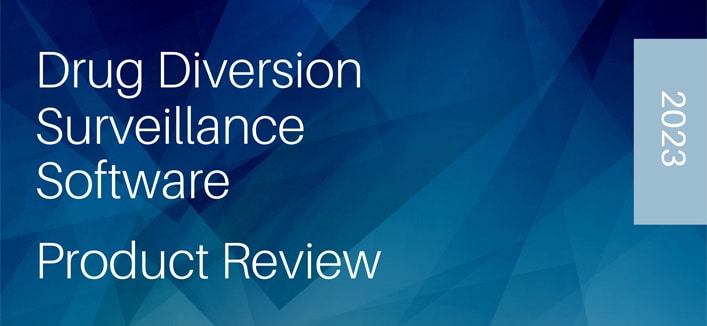Controlled substance diversion in healthcare settings is a serious issue that puts patients at risk and affects the integrity of the facility.
Controlled substance diversion involves the illegal or unauthorized use of controlled substances by healthcare professionals for personal or non-medical reasons. The reasons for diversion can vary from substance use disorder to financial gain. The impact of this problem can be devastating, leading to patient harm, loss of reputation, and legal consequences.
The Importance of Leadership
Nursing leadership has a significant role in monitoring the occurrence of controlled substance diversion in healthcare settings. Nursing leaders understand the workflows on their nursing units so they can identify when a staff member is deviating from expected workflow patterns. They are also in a unique position to identify changes in behavior or performance that may indicate a substance use disorder, as they have a direct relationship with their staff.
In addition, nursing leadership may have access to information related to staff performance, including any issues or incidents that may have been a result of impairment or substance use disease. This understanding can be critical in preventing further diversion, as well as identifying and addressing any underlying issues. Substance use disorders can greatly impact a nurse’s ability to provide safe and effective care to patients, which is why it is crucial for nursing leaders to be aware of changes in behavior and performance among their staff.
Vigilance is Key
To mitigate controlled substance diversion, nursing leadership must be vigilant in monitoring suspicious activities like inventory discrepancies, discrepancies in medication administration and waste records, and patient complaints or staff concerns. They should also promote the following policies and procedures which include barcode scanning, diligent witnessing of waste, and timely administration of medications.
The importance of nursing leadership in the evaluation of data discovered during investigations and audits cannot be overstated. They often have the opportunity to see things that may be missed by an auditor, including performance issues that may have gone unnoticed, as well as any explanations for such behavior. Understanding the nuances of their nursing unit can dramatically improve the efficacy of these investigations and result in a more efficient and effective program for diversion control.
Nursing leadership plays a vital role in providing education and training to their staff on the dangers of controlled substance diversion, the warning signs of addiction, and the legal and ethical implications of diversion. Through continuous evaluation and monitoring, staff knowledge and responsibility are reinforced, promoting an ongoing culture of safety.
In conclusion, nursing leadership is essential in the fight against controlled substance diversion. By recognizing and addressing potential issues before they can develop into more severe problems, nursing leaders can ensure the safety and well-being of their patients, co-workers, and community. Educating staff on the risks and consequences of substance misuse, providing access to appropriate support resources, and implementing comprehensive strategies can help mitigate the risks related to substance misuse in the healthcare facility setting. Nursing leadership engagement is imperative to maintain a proactive and vigilant approach to mitigating and monitoring controlled substance diversion.








